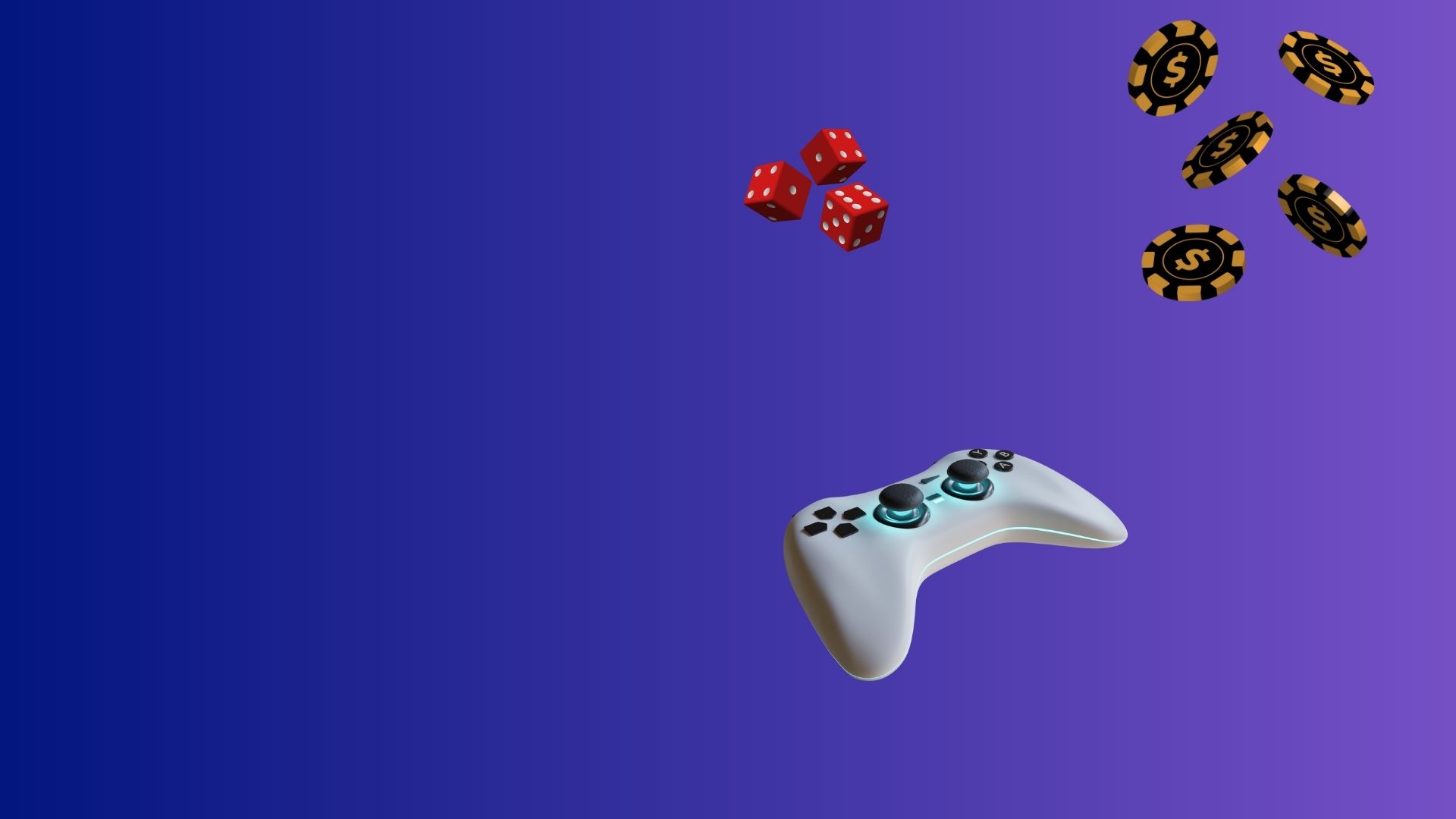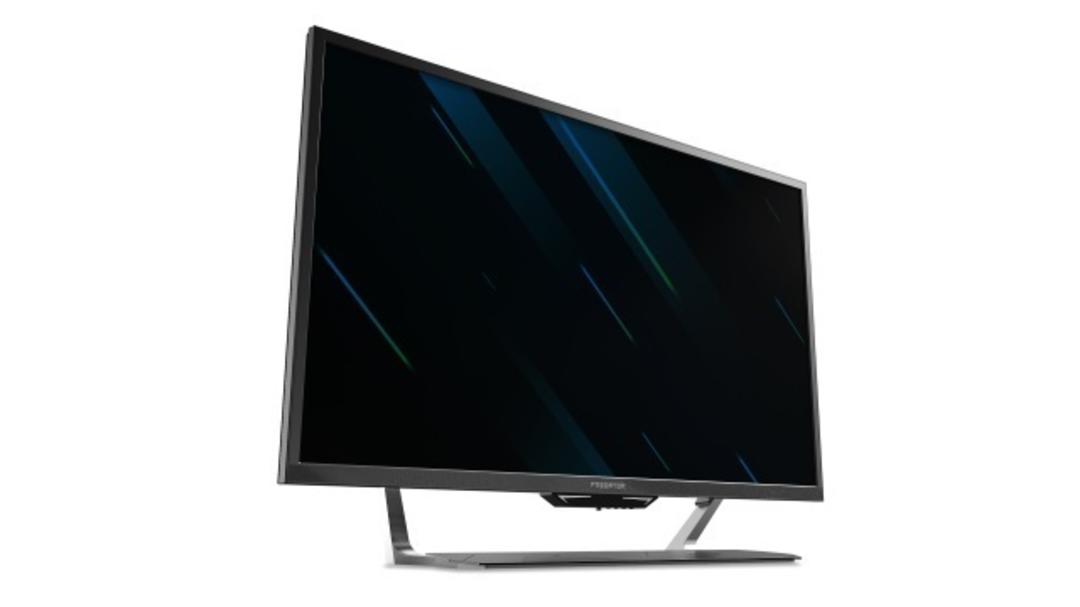Why the iPhone 13 ‘just’ has a notch: 3 reasons
Spoiler: the iPhone 13 ‘just’ gets a notch. You may hate the notch, but it’s there for a reason. Here’s what you need to know about the iPhone’s notch.
Read on after the ad.
Contents
Why the iPhone notch is still there
In 2017, Apple shocked friend and foe by giving the iPhone X a notch. This notch was needed for a new toy: Face ID. By placing very ingenious sensors at the top of the device, you could unlock the brand new iPhone just by looking at the screen.
In 2017, the notch was an ingenious trick. Although Apple’s cosmetic procedure provoked much outrage, for example by making fun of it in memesMany people also saw the need for it. In addition, it seemed that the iPhone notch was a temporary ‘measure’.
Now, a few years later, we know better. The iPhone still has a notch. With the exception of the iPhone SE (from 2020), all recent Apple smartphones have a notch in the screen, much to the dismay of many. With the iPhone 13 on the horizon, it is therefore a good time to analyze things. Why does the iPhone still have a notch?
1. The notch is there for a reason
Starting with the most practical reason. The notch is there for a reason. Behind the notch hides a lot of technology. The iPhone notch offers space for an infrared camera, proximity sensor, light sensor, speaker, microphone and of course the selfie camera.
Most of these sensors are necessary for Face ID to do its job securely. Apple is increasingly profiling itself as a privacy-conscious company where security comes first, so this point should not be underestimated. Apparently Apple does not yet dare to tinker with this foundation.

2. Is the technology ready?
But why then do competing Android phones have a much smaller notch, or no notch at all? In most cases this is related to the first point: safety.
If we compare Face ID with the facial recognition of competing Android phones, Apple’s method wins the day. The facial recognition is relatively well secured. And that is also allowed, because you ‘give away’ an incredibly vulnerable good: your face.
Technology isn’t standing still and there are already ways to hide the front camera by hiding it under the screen, but you probably already feel it coming: this doesn’t work as well as Face ID. You are (currently) either compromising on quality or on safety, and Apple doesn’t like that.
3. How important is the iPhone notch really?

Apple is a publicly traded company. While the company caused a furore by occasionally selling spectacular products, such as the iPhone, the company has been sailing more smoothly for years.
From a financial point of view, this also only makes sense. A major misstep in the form of a failed product can evaporate billions in value, so publicly traded companies are more conservative than free-spirited start-ups.
And why should one? Apple has little reason to take the iPhone notch to the graveyard. The company shows better figures every year, the iPhone has become established in large parts of the world and there is still room to gain ground in growth markets.
In other words, consumers apparently don’t care much that the iPhone has a notch. In any case, people don’t care enough to vote with their wallets. The iPhone has never been more popular than it is today and Apple proudly shows off the sales success of the iPhone 12, its most recent device.
Looking ahead
Time for a look at the future. According to several telecom insiders, Apple is working on a device without a notch in the screen. It is still unclear when this mysterious phone will appear. We would therefore not dare to bet money on it.
You can therefore assume that the iPhone 13 ‘just’ has a notch. This device will be presented in September 2021 and will most likely come in four versions.
Thanks to leaked information, we already know a lot about the new iPhones from 2021 and in the video below we update you. If you want to be updated about the unveiling in due course, you can of course sign up for the free newsletter or download the app.



